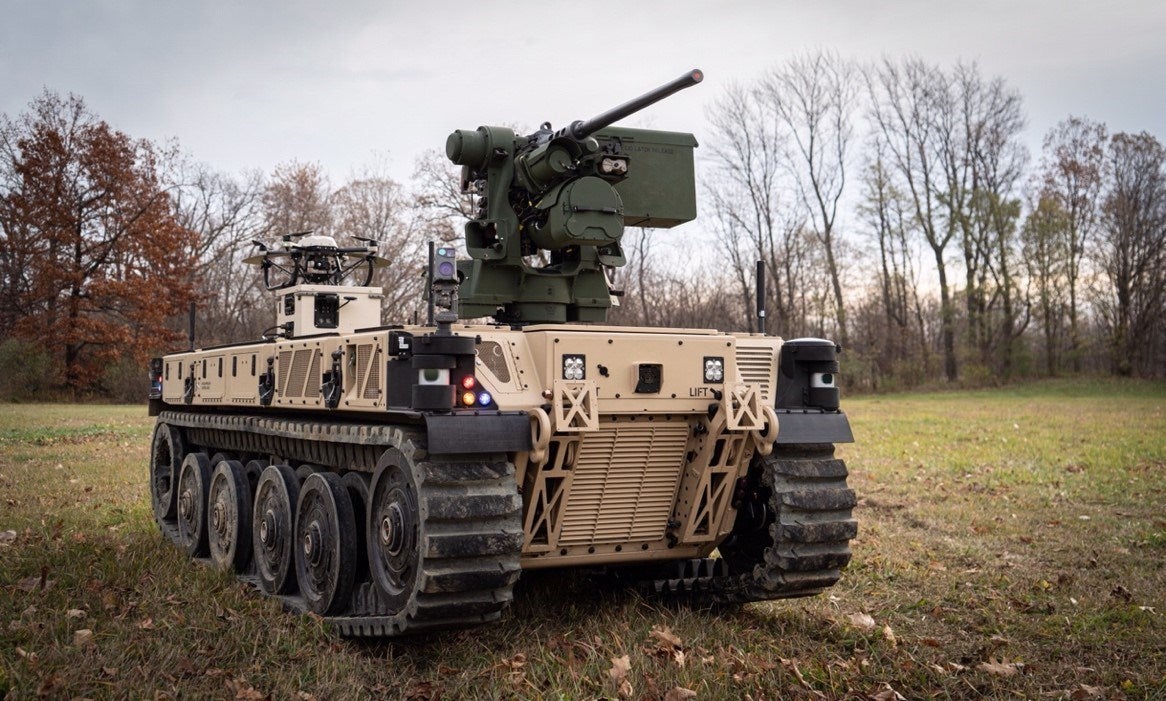
The US Army Combat Capabilities Development Command (DEVCOM) Ground Vehicle Systems Center (GVSC) has taken delivery of the fourth and final Robotic Combat Vehicle (RCV) (Medium) prototype.
Last December, GVSC took delivery of four RCV (Light) prototypes. The first RCV-L was delivered to GVSC by the team of QinetiQ and Pratt Miller Defense in November 2020.

Discover B2B Marketing That Performs
Combine business intelligence and editorial excellence to reach engaged professionals across 36 leading media platforms.
With this delivery, the service has eight robotic combat vehicle prototypes that will participate in the Robotic Combat Vehicle Campaign of Learning.
The US Army will use these prototype vehicles in a set of ‘Soldier Touchpoints’.
Next Generation Combat Vehicles Cross-Functional Team director major general Ross Coffman said: “These prototypes have been purposely built utilising what we have learned to date with RCVs and to give us an opportunity to further drive the RCV Campaign of Learning.
“The prototypes will be used by soldiers in operational experiments to develop the tactics, techniques and procedures (TTP) that our Brigade Combat Teams will utilise to bring new levels of lethality to our forces through the combining of manned and unmanned teams (MUM-T).”

US Tariffs are shifting - will you react or anticipate?
Don’t let policy changes catch you off guard. Stay proactive with real-time data and expert analysis.
By GlobalDataBoth the light and medium variants are payload agnostic and can be fitted with a number of modular mission payloads such as chemical, biological, radiological and nuclear (CBRN) detection kits, smoke obscuration modules, electronic warfare (EW) as well as various weapon systems.
The light variant (RCV-L) prototype, which weighs under 10t, can support reconnaissance-related missions, while the medium variant, weighing less than 15t, can ‘support direct fire augmentation’.
The heavy variant prototype, which is around 20t-25t, ‘could bring decisive lethality’ to its assigned unit.
With the RCVs now already in government control, work has started to integrate autonomy on the systems.
Following the autonomy integration, the RCVs will be paired with their manned control vehicle.
The vehicles will then be moved to testing for a Soldier Operational Experiment (SOE) in mid-2022.
Ground Combat Systems programme executive officer brigadier general Glenn Dean said: “Utilising soldier inputs with these prototypes, while government and industry engineers are out in the dirt alongside the soldiers, allows us to ensure that when we move toward a production vehicle, we have all that input built into the system from the ground up.”





